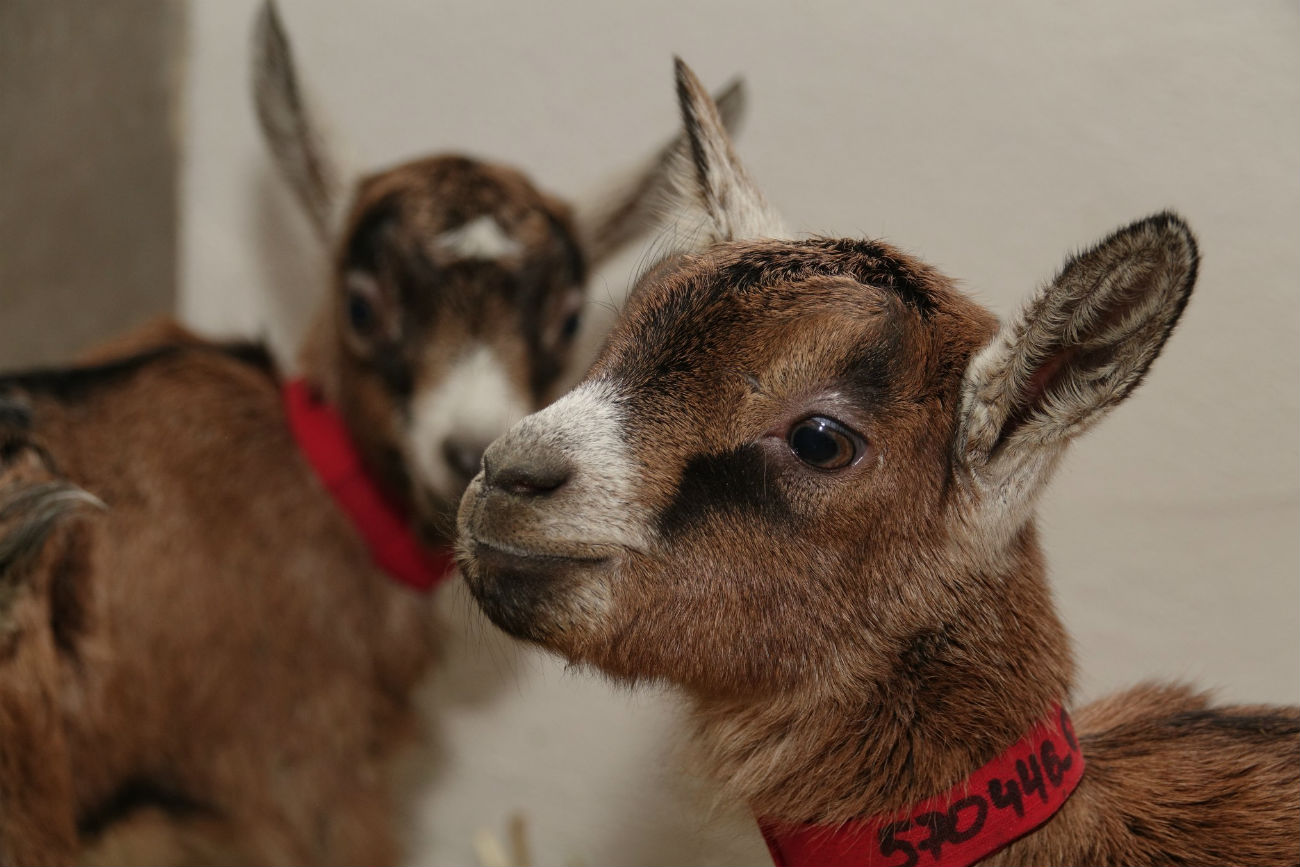
French goats will bring exquisite cheeses to Russian plates.
OuGMK-Agro French goats will bring exquisite cheeses to Russian plates. / UGMK-Agro
French goats will bring exquisite cheeses to Russian plates. / UGMK-Agro
In November 2016, young French “aristocrats” packed for a trip that many only dream of. A herd of seven-month-old Alpine goats from La Boissiere-des-Landes traveled 5,000 kilometers and crossed the borders of five countries to reach a Russian farm. Their new home is now outside Yekaterinburg.
November in the Urals is cold and snowy, but the goats adapted to the new climate surprisingly well. UGMK-Agro rearranged one of its farms for the French guests, installing a boiler room and heating to maintain a comfortable temperature in the range of 11-14 degrees Celsius. Six months later, the animals calved and gave their first milk, which will be used to make Russian equivalents of soft stinky French cheeses such as Buche de Chevre, Camembert, Valencay, and Crottin de Chavignol.
UGMK-Agro's CEO, Ilya Bondarev, says the company chose premium-class soft cheeses for two reasons. First, Russia already has enough hard cheeses. Second, fresh cheeses with short shelf lives were never seen in Ural region stores even prior to the sanctions. So, if sanctions are lifted any time in the future the company won't suffer from European competition. The choice of goats was not accidental either.
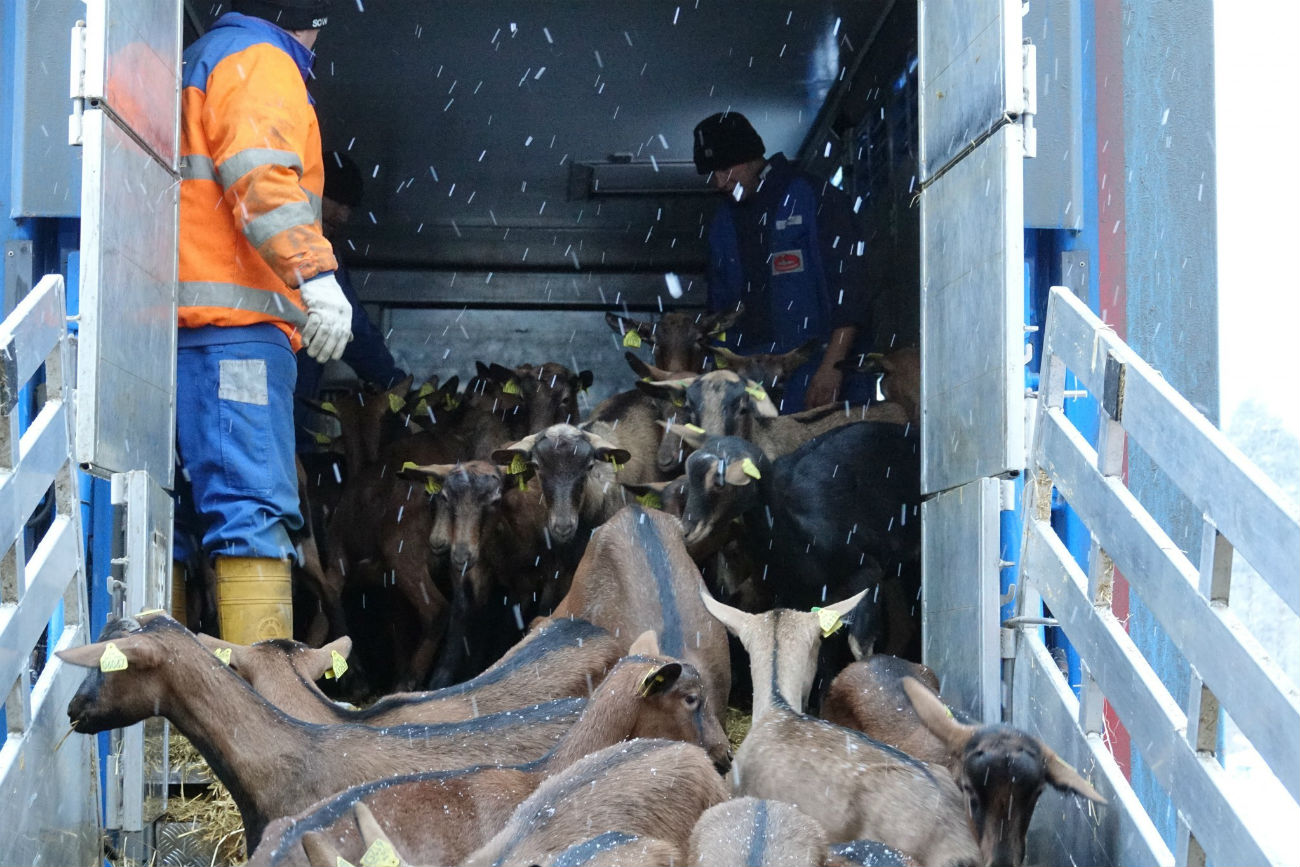 The goat farm outside Yekaterinburg. / UGMK-Agro
The goat farm outside Yekaterinburg. / UGMK-Agro
“[Goat farming] in Russia is a new business. Goat milk is hypoallergenic and can be consumed by those with an allergy to cow milk. We found this niche and went for it,” Bondarev said.
In seeking a partner, the company studied European goat breeding practices. “We saw that, despite France having a relatively small number of goats, it supplies significantly greater amounts of market milk,” added Bondarev.
UGMK-Agro signed an agreement with the French firm, KBS- Genetic, on the delivery of 1,000 female goats to the Sverdlovsk Region. The contract, worth 11 million euros, was signed for yet-unborn goats due to great demand for the breed. They are very low-maintenance when it comes to food, and their fatty, protein-rich milk can be used in cheesemaking.
“Do you smell it?” asks Anatoly Korotkov, head of UGMK-Agro's production division. “Apples!”
The fragrant hay used for feeding the goats is made at the farm. Together with French breeders, Russian specialists developed several types of additives to the goats' main diet. The animals get extra food while on the milking carousel, which can milk up to 60 goats at once. The system automatically registers the amount of milk produced by each goat and dispenses a portion of feed.
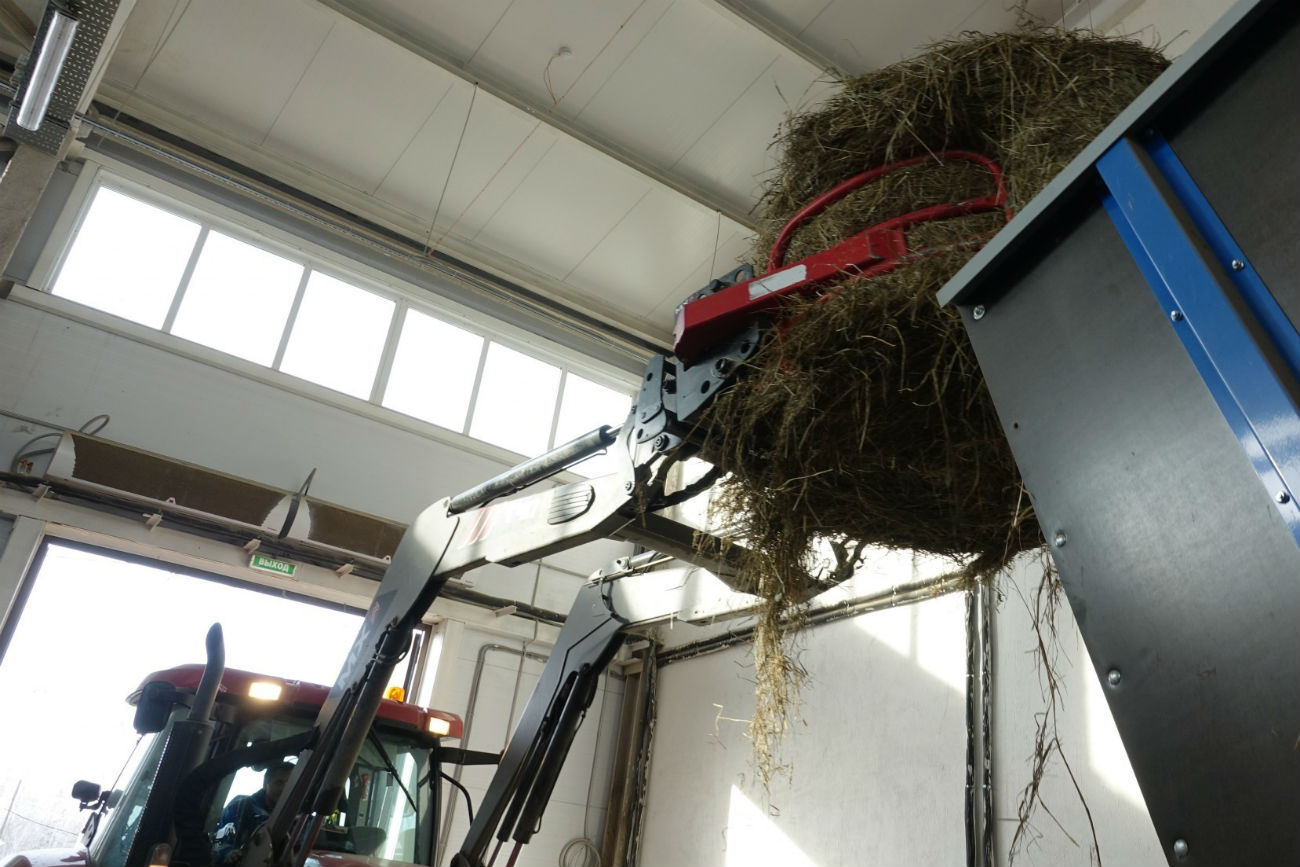 Russian specialists developed several types of additives to the goats' main diet. / UGMK-Agro
Russian specialists developed several types of additives to the goats' main diet. / UGMK-Agro
Prior to joining the farm, Korotkov specialized in cow breeding: “Goats were of no industrial value in the Soviet Union. Whereas a cow produced 25 to 30 liters of milk a day, a goat only produced two to three. This is why it was mainly individual households that kept goats.”
The Russian entrepreneurs turned to France, with its long history of industrial goat breeding, and various French specialists were invited to the Urals to introduce cheesemaking technologies and help with the animals. One of these is Andre Verdier, a member of the Association of Working Pensioners who came to the farm as a volunteer. Verdier spent 50 years in animal breeding, including 40 years working with goats. Farm personnel, for their part, were trained at a French cheesemaking school.
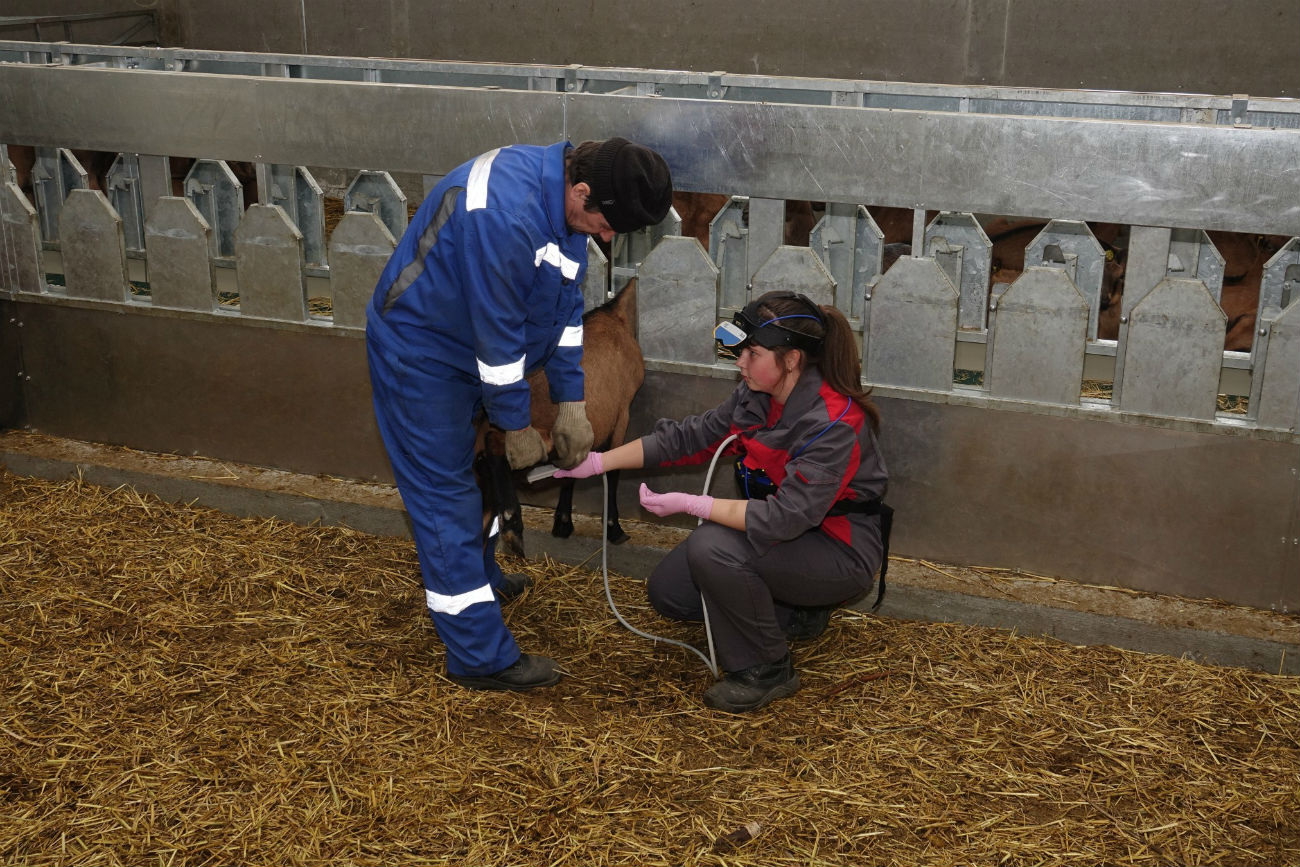 Goat milk is hypoallergenic and can be consumed by those with an allergy to cow milk. / UGMK-Agro
Goat milk is hypoallergenic and can be consumed by those with an allergy to cow milk. / UGMK-Agro
The Russian company hopes to learn how to artificially inseminate goats, open a cheesemaking school, and sell goats together with cheesemaking technology. According to preliminary estimates, after the company opens a second farm that will involve 10,000 goats, sales will reach around 7,000 animals per year.
The farm's 25 inseminator goats are kept in a separate room, and each is capable of inseminating 25 goats on average. Newly born animals live in a special hall, with each pen outfitted with an infrared lamp for warmth. The baby goats are first bottle-fed mother's milk, followed by a special formula.
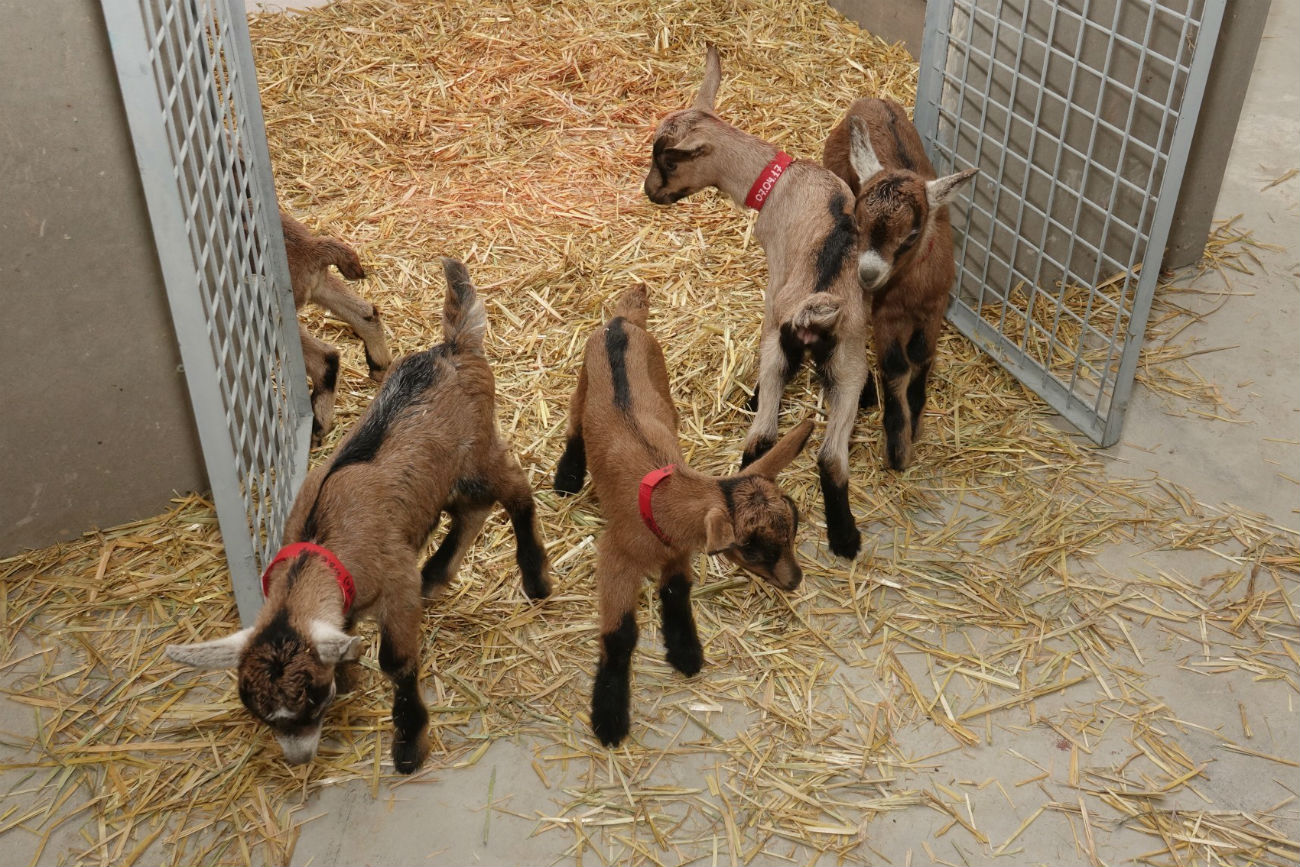 Newly born animals live in a special hall. / UGMK-Agro
Newly born animals live in a special hall. / UGMK-Agro
“After we have brought the headcount up to 1,800 goats thanks to in-house breeding, we will be making around six tons of milk every day,” Bondarev said. “This translates into 600 to 700 kilos of cheese, depending on variety. It's not that much, but we don't plan to make cheeses in bulk.”
The farm will launch a production line for stinky cheeses in September, and these will sell for between 1,500 and 2,000 roubles per kilo, depending on the variety. Currently, the company is using the facilities of a dairy factory in Verkhnaya Pyshma, 12 kilometers away, to make chevrette, which is sold, along with goat milk, in local supermarkets and in the farm's stores across the Urals under the trade mark, Coeur du nord.
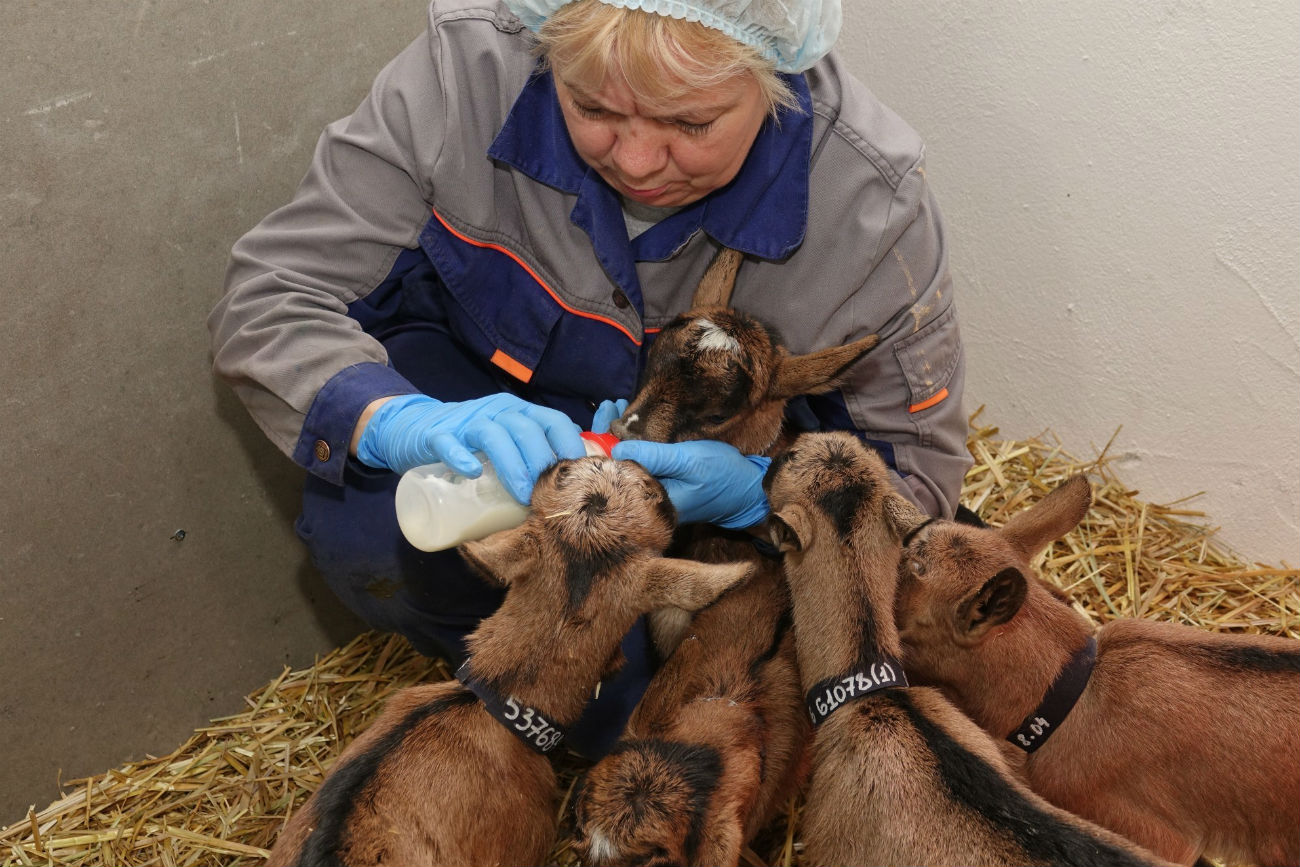 The baby goats are first bottle-fed mother's milk. / UGMK-Agro
The baby goats are first bottle-fed mother's milk. / UGMK-Agro
“We might have difficulties selling all our products in the region, so we are in talks with distributors from Moscow and St. Petersburg,” Bondarev explained. “It is fairly likely that over 50 percent of our output will be sold there because local consumers already know these cheeses. Consumers in the Urals have yet to familiarize themselves with our cheeses.”
 With the help of French experts, a goat farm plans to offer domestic equivalents to Buche de Chevre and Camembert. / UGMK-Agro
With the help of French experts, a goat farm plans to offer domestic equivalents to Buche de Chevre and Camembert. / UGMK-Agro
The project's total cost will be finalized in autumn when all facilities are launched. So far, the farm only announced the amount of government support. “Around 50 percent of subsidies for equipment purchases come from the state; and 30 percent of funding for construction and installation comes from the regional budget,” Bondarev said. “Without this, the payback period would be too long, and the project's investment appeal would be negative.”
If using any of Russia Beyond's content, partly or in full, always provide an active hyperlink to the original material.
Subscribe
to our newsletter!
Get the week's best stories straight to your inbox